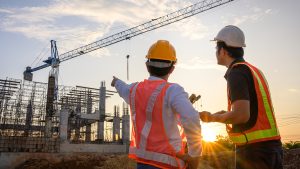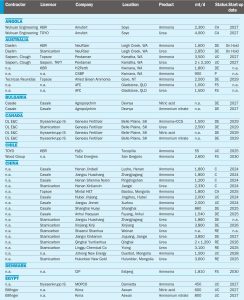
NH3 Clean Energy looking at clean ammonia exports
Australia’s NH3 Clean Energy, formerly Hexagon Energy Materials, has signed a memorandum of understanding with the Pilbara Ports Authority to explore options for the loading and export of 600,000 tonnes per annum (TPA) of clean ammonia from its flagship WAH2 project. The MoU is intended to establish operational arrangements and binding agreements supporting ammonia export from the project, covering ship loading for both export and bunkering customers. Ammonia would be transported from the WAH2 plant to the port of Dampier by a newbuild pipeline located in the existing infrastructure corridor and loaded onto ships at the port’s bulk liquids berth, subject to availability and commercial agreements.






